#charles dubois
Explore tagged Tumblr posts
Photo

The important thing is this: to be able at any moment to sacrifice what we are for what we could become. ~ Charles Dubois
#Charles Dubois#sad poem#smilealways#tumblrquotes#funnytumblr#ilovemydog#smilesfordays#smiler#loveyou#dogsmile#booklover#lovehim#kaostumblr#makeyousmilestyle#smileeveryday#smile
0 notes
Photo

Formal - Living Room With white walls, a standard fireplace, a stone fireplace, a tv stand, and a large, open-concept 1950s living room design, it has a slate floor and a variety of colors.
0 notes
Photo

Bathroom 3/4 Bath Large 1950s 3/4 white tile and porcelain tile porcelain tile and gray floor bathroom photo with flat-panel cabinets, black cabinets, a one-piece toilet, white walls, an undermount sink, quartz countertops and white countertops
#desert modernism#palm springs#charles dubois#mid century modern#mid century modern inspired#bathroom#alexanders
0 notes
Text

The Children of the Phantom across the years--and also Phillipe who isn't too pleased at being forcibly possessed adopted
#my art#phantom of the opera#poto#second stanza#phillipe de changy#phantom of the opera 1943#christine dubois#christine daae#(they should have just commited to making her the Phantom's daughter in that one its the only way the story makes sense)#susan kay phantom#charles de changy#gustave de changy#Raoul's a heck of a sport about him#love never dies#lnd gustave#operetta#operetta monster high#the phantom#erik the phantom#erik destler#erique claudin
327 notes
·
View notes
Text
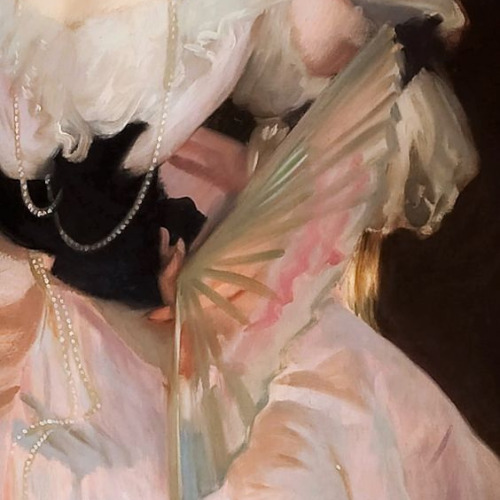
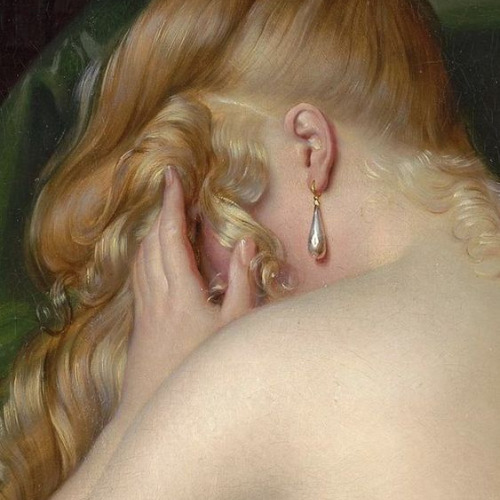
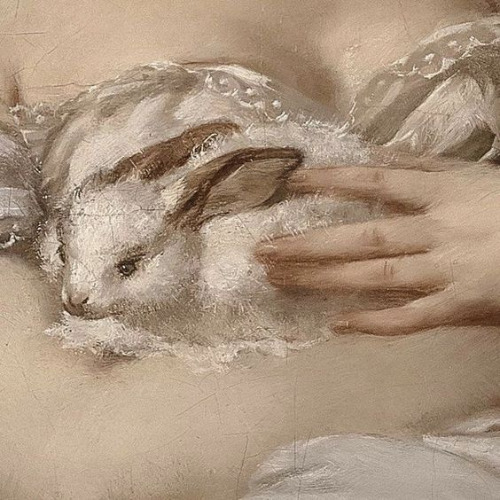
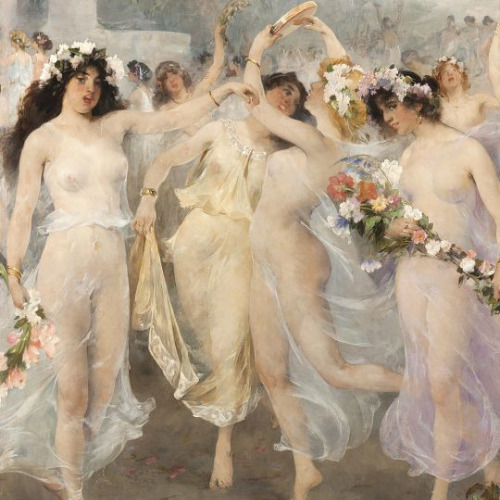

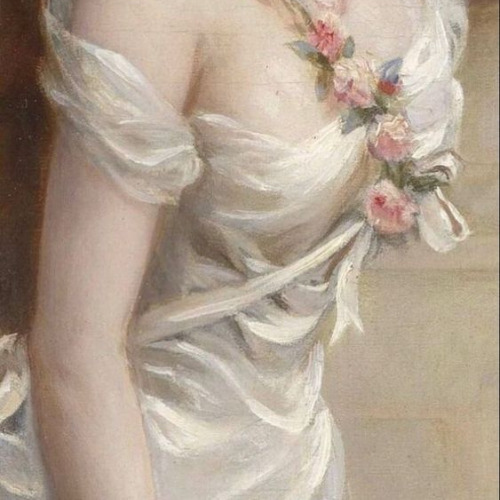
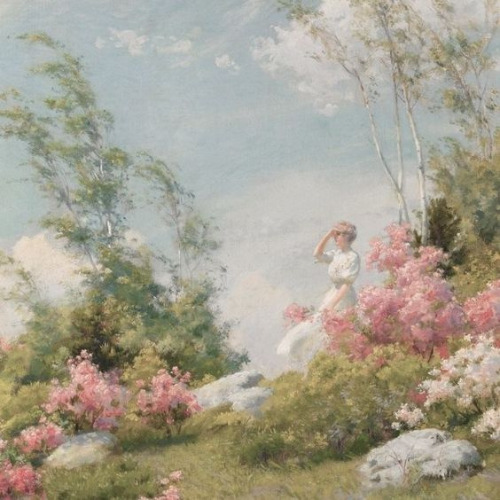
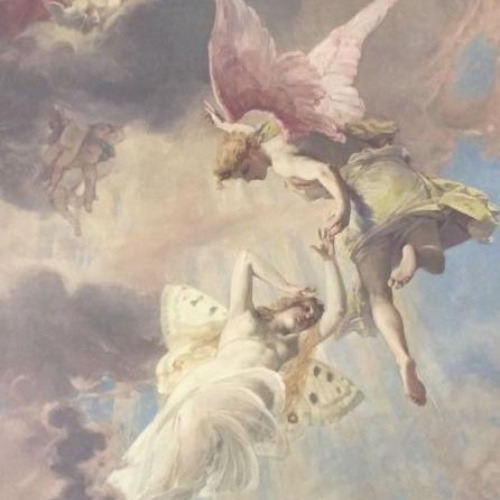
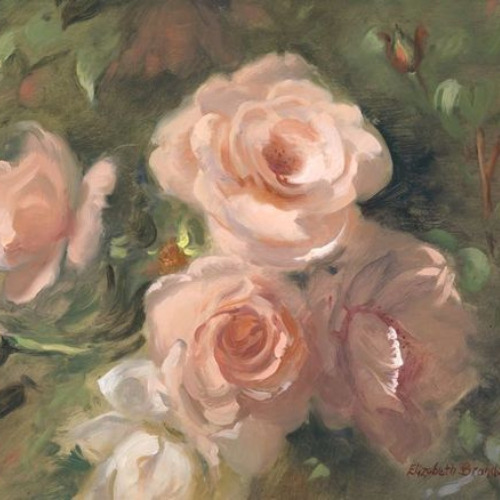
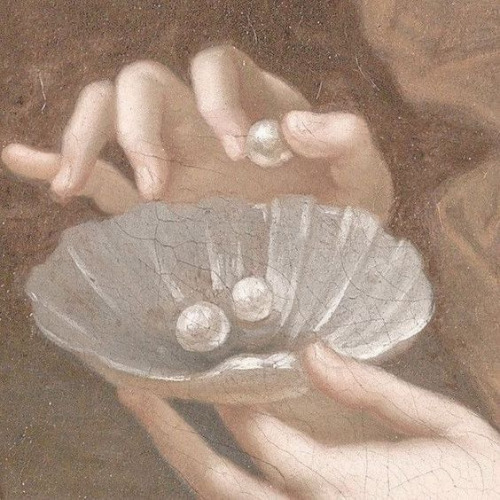
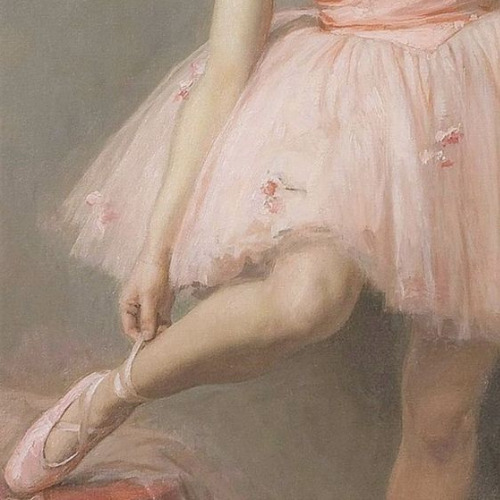
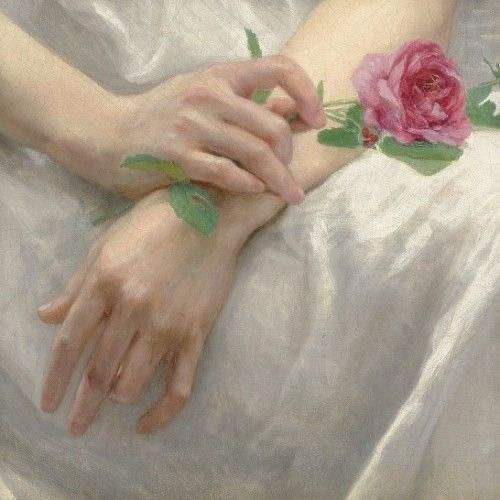
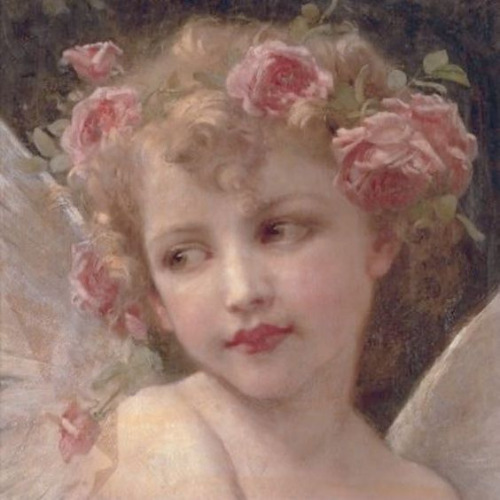


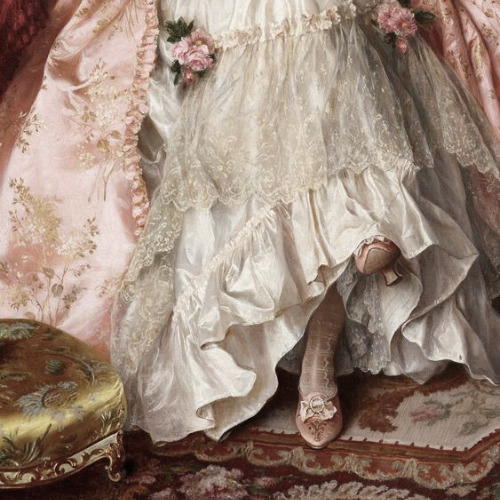
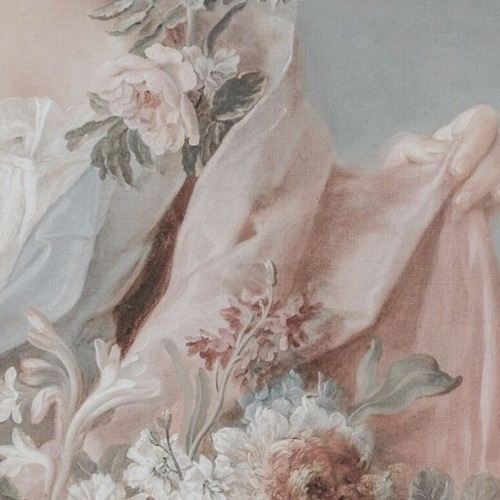
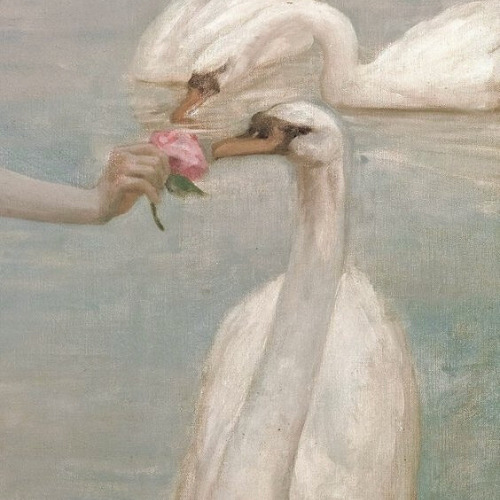

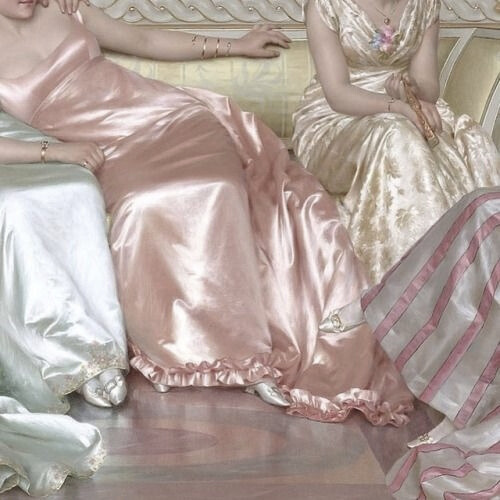
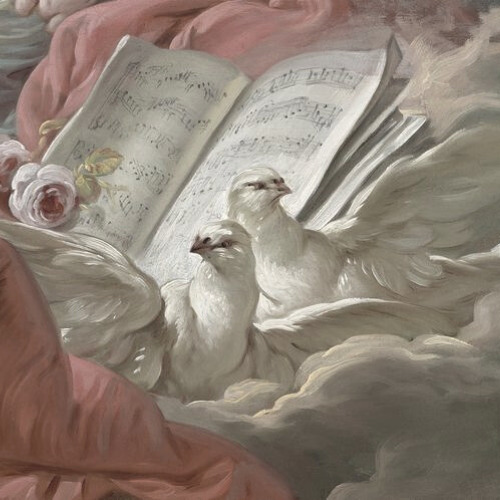
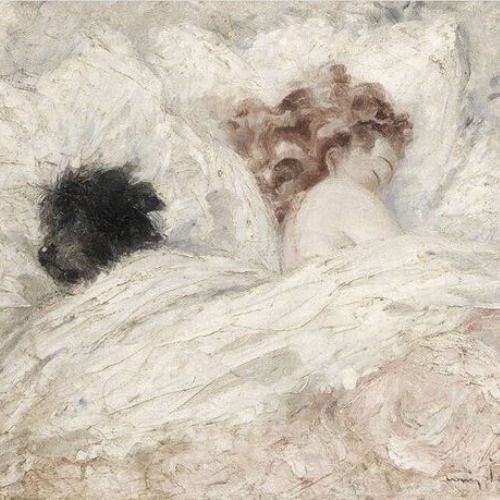
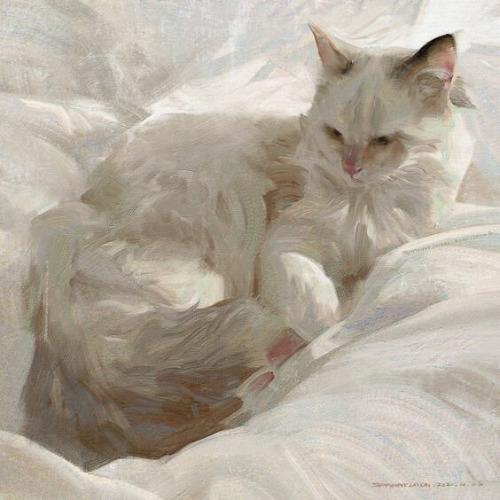
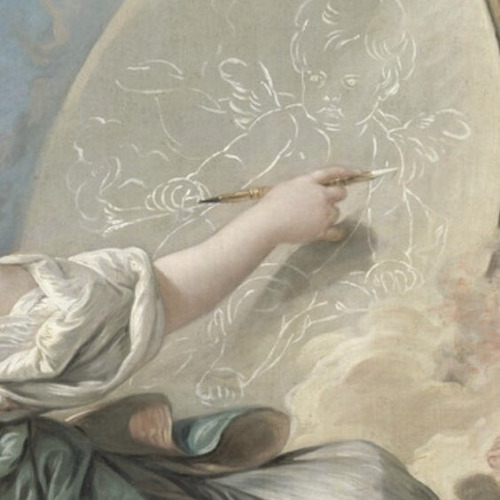
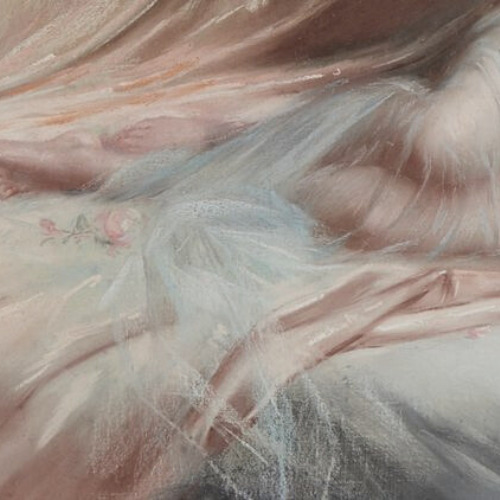
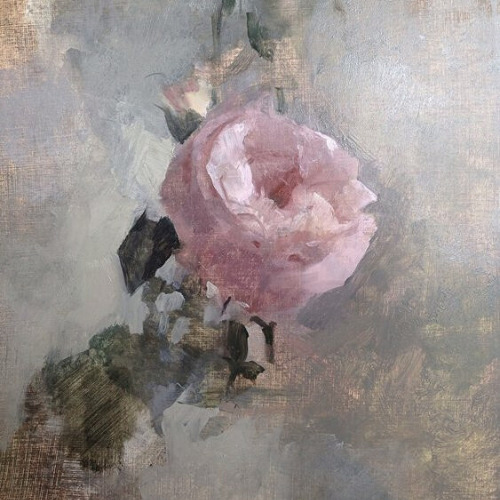
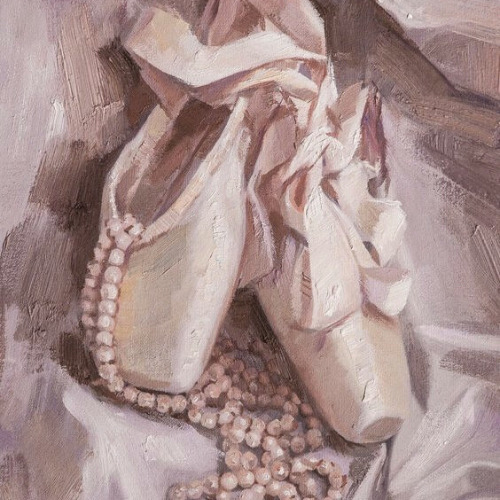
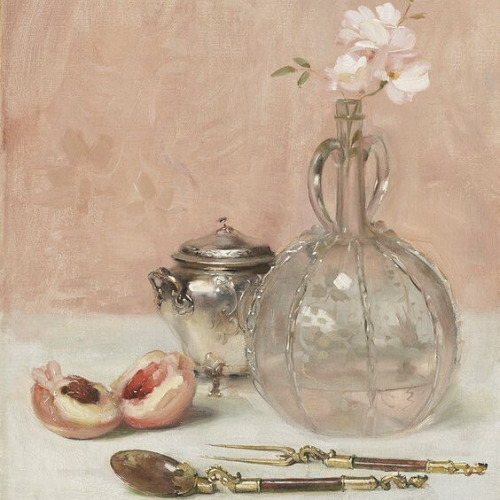

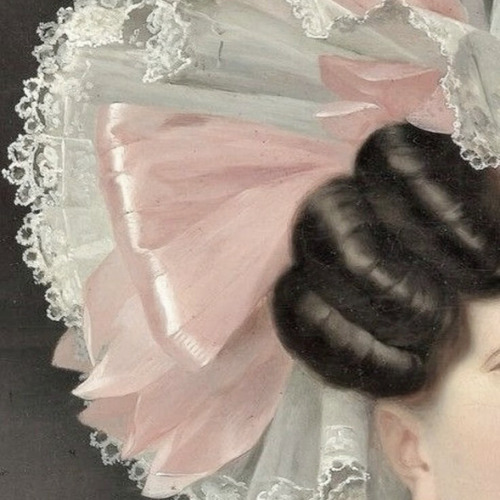
art aesthetics: coquette
#artist is john singer sargent#artist is alexandre-jean dubois#artist is armand dore#artist is hobbe smith#artist is m graziella pani#cant find artist#artist is edouard bisson#artist is charles courtney curran#i cant find the artist-#artist is elizabeth brandon#artist is pierre mignard#artist is auguste leroux#artist is guillaume seignac#artist is guillaume seignac-#artist is eduard veith#artist is arturo ricci#artist is francois-hubert drouais#artist is rupert bunny#artist is frederic soulacroix#artist is vittorio reggianini#artist is francois boucher#artist is louis icart#artist is danny lailai#artist is francois boucher-#artist is delphin enjolras#artist is kathleen speranza#artist is kamskij savelij#artist is joseph bail#cant find artist-#artist is jan adam kruseman
824 notes
·
View notes
Text
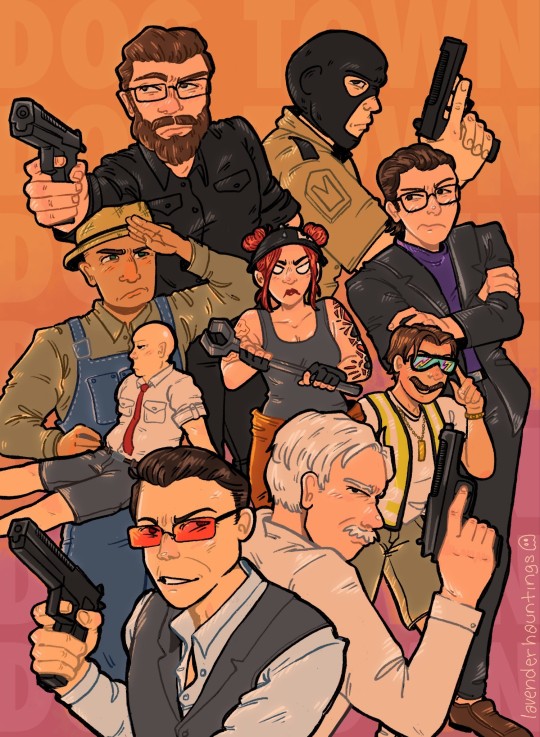
🗣 DEE OH CEE!! 🗣
I learned how to draw GUNS for this. Don't ask me how long it took. Other versions under the cut, I couldn't decide what i liked best.
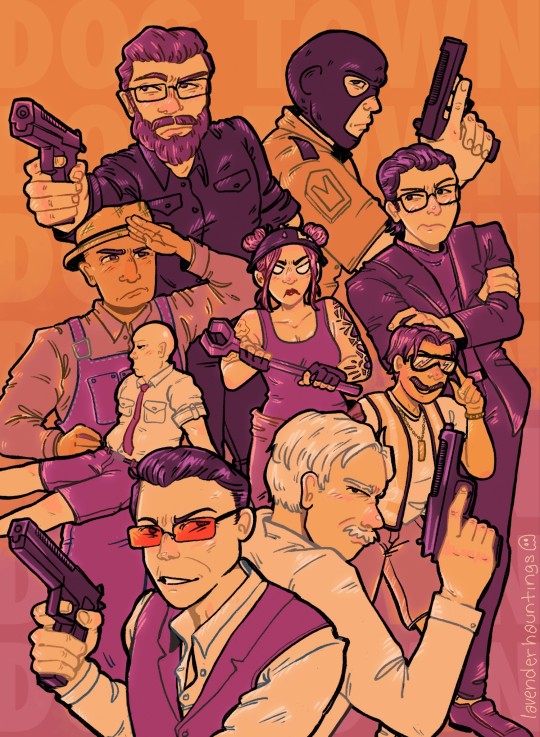
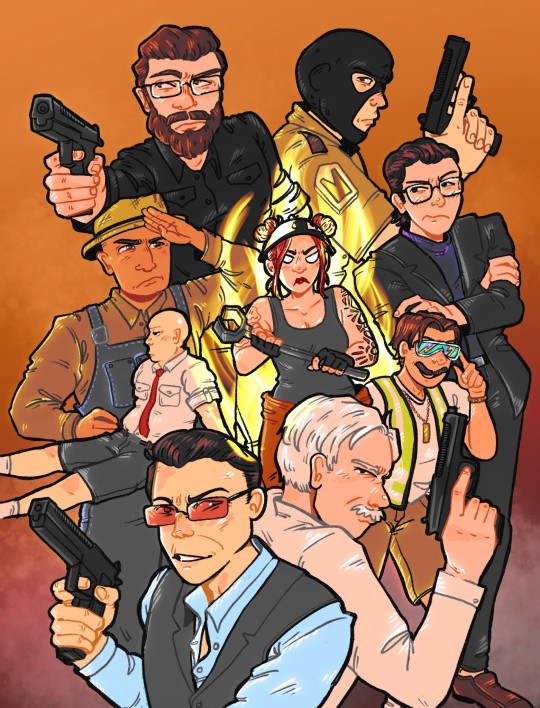

Lilly Dubois my queen my everything 🔥
#my art#nopixel#gta rp nopixel#nopixel 4.0#carmilla carmine#bobby charles#andy fischer#scotty bard#winslow jaxson#lilly dubois#timo korhonen#richard woytkiw#jesus so many characters#and i couldn't fit chester :(
25 notes
·
View notes
Text
Apparently I just decided to delete my master list so bare with me while I recreate it 🤦🏽♀️
#lando norris#charlie hunnam#charles leclerc#manny montana#chris kreider#jamie oleksiak#nathan mackinnon#sidney crosby#aaron judge#machine gun Kelly#ryan lindgren#pierre luc dubois#tyler glasnow#Rafe Cameron#Chris evans#andy barber#bucky barnes#Anders Lee#Jack reacher#jake seresin#glen powell#mat barzal
8 notes
·
View notes
Text
De art requests are open. No nsfw. Artistic nudity is fine. Requests involving the smoker, the sunday friend, or harry(especially with regards to her gender exploration) or ruby and klaasje will be favoured. I need to practice humans, much of these will be sketchy or experimental. I will try to do your concepts justice! Go ahead in my asks!
(More examples of my art are on @dontbeabeast :^])
#disco elysium#harry dubois#de#kim kitsuragi#ruby the instigator#klaasje amandou#smoker on the balcony#sunday friend#charles villedrouin#charlie boy#camp cottage chicken
3 notes
·
View notes
Text
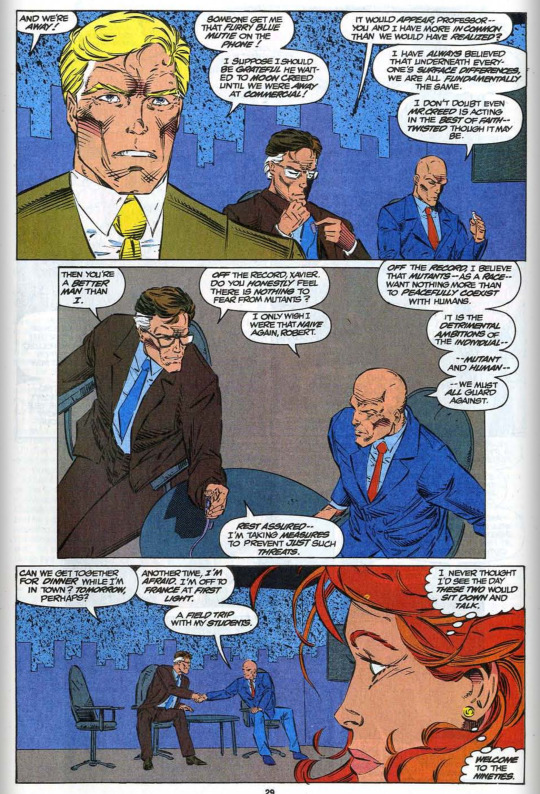

Interesting to see Kelly becoming the "enemy of my enemy" for the Creed situation... also we learn that Kelly has a mutant mind reader/telepath in his entourage... this is Noah DuBois... we'll see more of his later.
8 notes
·
View notes
Text


outing at magnolia recreation center with charles and angela 💌
#angela wilton#charles wilton#stevi dubois#simblr#maxis match#sims 4 screenshots#sims 4 gameplay#ts4mm#sims 4 story#sims screenshots#ts4#ts4cc
4 notes
·
View notes
Text
Frankie has Plorn vibes. and post
#& juliet#& juliet musical#&j#and juliet#and juliet musical#juliet musical#francois dubois#plorn dickens#charles dickens
4 notes
·
View notes
Text
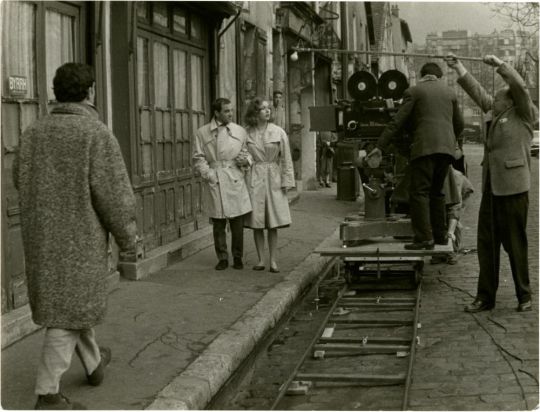
Charles Aznavour, May 22, 1924 – October 1, 2018.
With Marie Dubois on the set of François Truffaut’s Shoot the Piano Player (1960).
20 notes
·
View notes
Text
I promise that I will one day share with you all the knowledge I got from my university class about fairytales. I just need a bit of time and relaxation to re-read and translate my old notes.
But already I want to talk about something very briefly. The change that the “fairytale scholarship” is currently undergoing - how the “folklorist studies” that ruled supreme in the 20th century is now being replaced by a “literary study”.
As you might know, up until these days, the most famous works of fairytale studies were folklorist ones. The Aarne-Thompson classification, for example is a folklorist work. What is a “folklorist study” of fairytales? It is a study that places the so called “folkloric” fairytales before the “literary fairytales”. Basically it deems that the fairytales written as such by authors to be published as works of literature (Perrault, Andersen, etc) are “secondary” fairytales, off-shoots of the “actual” or “original” fairytales - basically adaptations, retellings and reshaping of a pre-existing story. As a result, the literary fairytales are placed aside and only considered as a side-note in “folkloric” studies. Because for the “folklorist” scholars, the truly important fairytales are not those published by authors and writers - but those that you collect by going into the countryside, asking people in villages, summoning the memories of old nurses and grandfathers and storytellers of old. Folklorist scholars of fairytales compare these orals, rural stories of “the folk”, of the people - and by comparing these stories, noticing the differences and similarities depending on the regions, on the countries, on the languages, they try to recreate the various “types” and “categories” of fairytales, a sort of great catalogue, or more specifically a “family tree” of fairytales - because for them, fairytales is all about a cultural genealogy, it is about an “original”, primitive, primordial “ancestor-story” that then somehow spread throughout countries and regions, each person giving a different variation or version of the “ancestor-story”. And in the folklorist study, literary fairytales are just considered petrified, unmovable, unchanging works of art built out of the raw, living material of the “folktales”, but ultimately unimportant in the evolution of actual fairytales and the search for the “true ancestor-story”.
It was the view that ruled the 20th century. And yet, today, people realize that maybe this view isn’t as perfect and as solid as we once thought - and people turn more towards the ancient, pre-Grimm version of studying fairytales. Aka the “literary study”. A type of study that considers that literary fairytales might be actually very important and key elements in the way those stories evolved ; a type of study that focuses mostly on how literary works of fairytales succeeded each other, and how influential they were on each other, before adding the “folktales” as an aside and companion to the literary ones. Literary studies dare to ask the question: “Maybe... maybe there isn’t a primordial ancestor-folkstory from which all others were born? Maybe there were just some really popular literary works inspired by folk tales?”
I need to get into the details later, but I just wanted to make this post to highlight one fact that shows how - and why - such a shift happened. A detail about French fairytales, and Perrault/d’Aulnoy. Let’s just take Perrault.
Perrault wrote his stories. Puss in Boots and Little Thumbling and Donkey Skin and Cinderella and all that. Folklorist studies collected a lot of French “folk fairytales” from various regions that were very similar to Perrault’s stories, and thus decided “These stories are all proofs of a pre-existing folktale that Perrault merely rewrote and reinvented, attributed himself all the merit when all he did was adding a few details here and there, and using an upper-class language”. Remember when I talked about Pierre Dubois? He is a pure example of a folklorist-sided fairytale expert, as he strongly despises Perrault for removing all of the primordial strength, raw power and “simple truths” of fairytales, burying them under over-flowering, hyper-delicate speech and biased upper-class mentalities (or so he says). No need to tell you Dubois worships the Brothers Grimm rather than Perrault.
But nowadays people start to realize... Maybe it doesn’t work like that. Maybe Perrault should be given more credits. Because you see... The folk versions of Perrault tales were collected centuries after Perrault’s work were published. They were collected in a time and place where Perrault’s stories were widespread all throughout France and famous enough to be part of popular culture. It thus makes sense that a lot of “folk tales” of France would be variations of Perrault’s stories - told and retold throughout regions and centuries until they got different enough to look similar but not identical. It also help that the very reason Perrault’s stories got so famous and popular was through a little think called the “Blue Library”.
The “Blue Library” was the most famous collection of “peddling literature”. Because remember a thing - at the end of the 17th/in the early 18th century, books costed quite a bit of money, and not everybody in France could read. The works of Perrault, as a book, was originally aimed at a form of “upper-class” - nobility and the aristocracy were his prime targets - and could usually only be accessed by people with the means and knowledge needed, so educated people with enough money to be able to buy extra-things like books. So how did all the lower folks, the poor people, or those that lived in the countryside did to get their books? (because the spreading of books was then still limited to important urban centers) That was the job of the peddlers, who basically copy-pasted the most popular or famous books in the big cities, and then travelled to small villages, remote countysides and non-urban regions to sell the books there. These peddlers of course had to adapt to the means of their clientele - so they sold their book for cheap, and had to cut corners to do so. Small-format books, made with a cheap, easy to destroy paper ; but more importantly, so that the book would cost less, they usually rewrote the stories they copy-pasted, simplifying them, removing episodes and elements (and adding pretty colorful pictures in them instead of entire pages of text). This is how Perrault’s stories actually spread throughout all the regions of France and managed to touch all the French social classes of the time - the “Blue Library” (the most famous and sold peddling literature collection) turned Perrault’s tales (or rather simplified, reworked versions of his tales) into their best-seller. And you’d be surprise to see how much of the “collected folk tales” of France turn out to come from peddling-edited versions of literary fairytales... Because there are some details, in these “folkloric versions” of Perrault’s tales, details that were actually invented by Perrault with very specific intentions, and that you can find back in those “collected folk tales”, proving that they came from Perrault, and not the reverse.
You see, folklorists always thought that the fairytales came “from the bottom”, were the mark of the lower class (there’s the whole image of the peasants during the evening gathering by the fireside to hear stories), and then were taken back by the upper-class and turned into a form of frivolous entertainment... But now, people start to realize that, in some cases (in this specific case, the Perrault/d’Aulnoy stories and the bulk of French fairytales), it was the reverse: the fairytales came from the top (invented by upper-class and aristocrats as a mean of entertainment) and then “went to the bottom” (were spread among the lower-class and got turned into oral folktales). This is why nowadays people turn to “literary studies” to balance out the very... biased perception folklorist studies gave of the idea of “fairytale history”.
(As a last note, just to mention how looking back at literature changed the viewpoint of fairytales - while most people assumed that Perrault, d’Aulnoy and others merely took inspiration from “nurse tales” and folk tales, the truth is that, when looking at their work, they clearly rather took inspiration from literary sources - mostly Italian literature, and Greco-Roman literary works. And similarly, the myth of the Brothers Grimm “collecting their stories among the simple folks” has been debunked, as their primary sources were actually middle-to-upper class people - and some that actually were of French descents and merely told the brothers modified versions of Perrault’s tales!
But that’s a story for another time...)
#fairytales#fairy tales#french fairytales#fairytales history#folklorist vs literary#perrault fairytales#charles perrault#grimm fairytales#pierre dubois
11 notes
·
View notes
Text

Jean-Étienne-Franklin Dubois, after Charles Auguste van den Berghe - Aegisthus discovering the body of Clytemnestra, 1823.
#Jean-Étienne-Franklin Dubois#after Charles Auguste van den Berghe#Charles Auguste van den Berghe#Aegisthus discovering the body of Clytemnestra#Clytemnestra#suicide#dead#death#found dead
3 notes
·
View notes
Text

Der versprochene Geburtstagsfilm für Charles Aznavour. Er spielt den außerordentlich vom Pech verfolgten sensiblen und schrecklich schüchternen künstlerischen Außenseiter in einer Familie von Tunichtguten, die ihm zum Verhängnis wird. Aber einst war er ein berühmter Konzertpianist.
#Tirez sur le pianiste#Charles Aznavour#Marie Dubois#Nicole Berger#Michèle Mercier#Albert Rémy#Film gesehen#François Truffaut#Der französische Film der Woche
0 notes
Text






House on Fire - Episode 3
Reformation Jolene Top - $128
Judith & Charles Harley Crop Jacket - $595
kate spade new york Women's Leather Bow Belt - $58
Michael Kors Jacquard Ocelot Silk-Blend Mini Skirt ($299.95)
Pre-Owned Fendi Leather Polka Dot Print D'Orsay Pumps - $231
Vera Manzoni Brincos Azure - 30€
#house on fire#reformation#judith & Charles#kate spade#Michael Kors#Fendi#Vera Manzoni#Ariana Greenblatt Dubois
0 notes